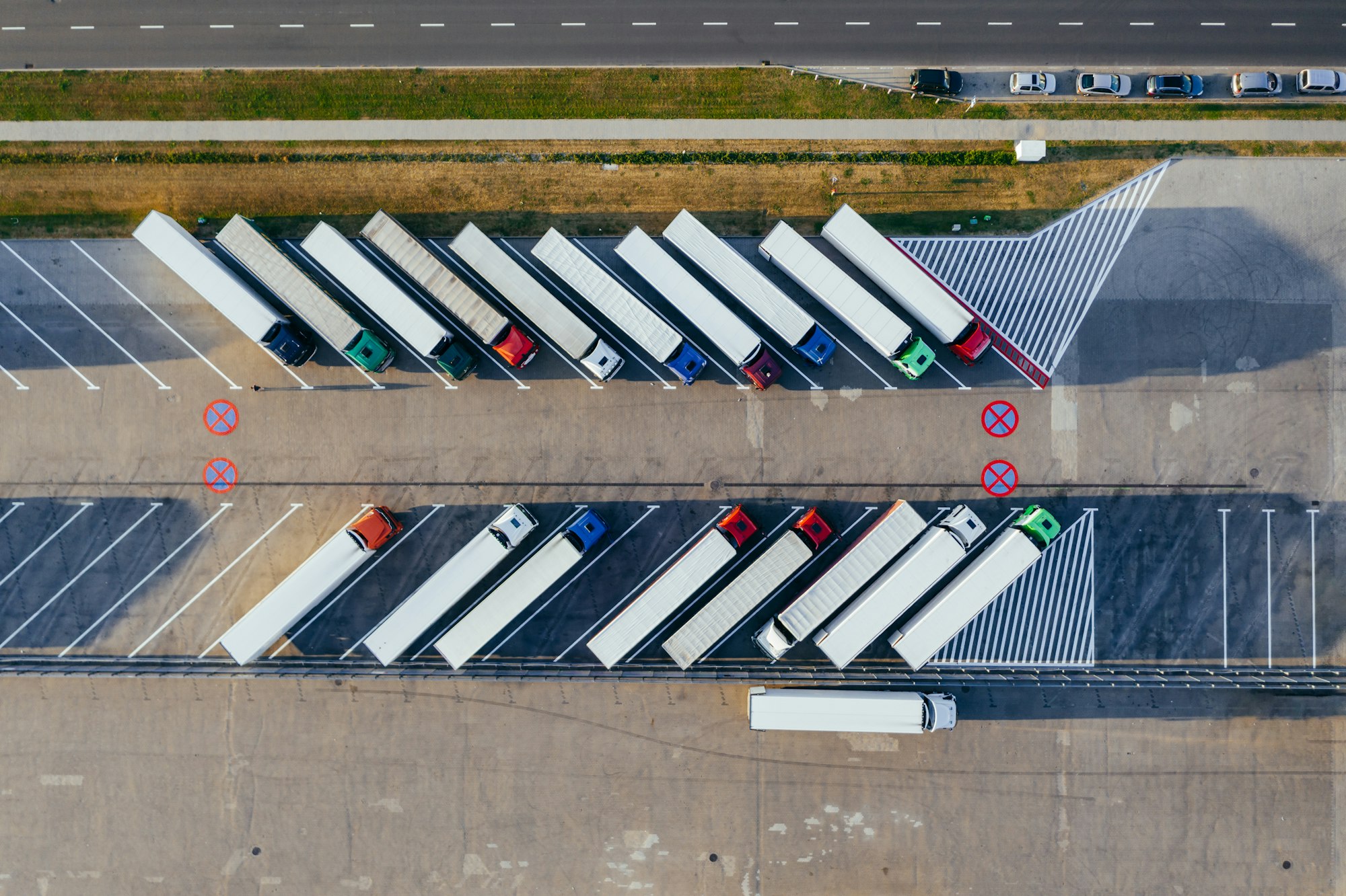Food Prices Resume Decline Despite Lingering Supply Threats

Global food prices reached their lowest levels in over two years due to an abundance of cooking oils and dairy supplies. The United Nations' Food and Agriculture Organization reported a 2.1% decrease in food-commodity costs in August, attributed to subdued demand and good outputs of vegetable oils and milk. Despite concerns about staple flows from certain regions, the index has fallen 24% since hitting a record high in March 2022. Factors contributing to the decline include bumper wheat crops in Russia and continued grain exports from Ukraine. However, export restrictions on rice in India and extreme weather conditions impacting various crops pose additional threats to the food supply.
Source: Link
Frequently Asked Questions
Food Prices Resume Decline Despite Lingering Supply Threats - SupplyChainBrain
1. What factors contribute to changes in food prices?
The price of food is influenced by multiple factors including supply and demand dynamics, weather conditions affecting agricultural production, trade policies, energy costs, and market competition. Changes in any of these factors can impact food prices.
2. How does climate change affect food security and the food supply chain?
Climate change can have significant effects on agriculture and the food supply chain. Changes in temperature, rainfall patterns, and extreme weather events can affect crop yields, livestock production, and fisheries. These impacts can lead to reduced food availability and increased prices, affecting food security globally.
3. Are food prices affected by trade constraints and risks?
Yes, trade constraints and risks can impact food prices. Disruptions in transportation, border closures, or changes in trade policies can affect the flow of food products, leading to increased costs and price fluctuations.
4. What is the impact of the COVID-19 pandemic on the food supply chain and food prices?
The COVID-19 pandemic has caused disruptions in the food supply chain due to lockdown measures, labor shortages, and transportation challenges. These disruptions can contribute to supply chain bottlenecks and increased costs, potentially impacting food prices. However, the exact impacts vary by region and product.
For more detailed and specific information, we recommend exploring the provided links and conducting further research on the specific topic "Food Prices Resume Decline Despite Lingering Supply Threats".

